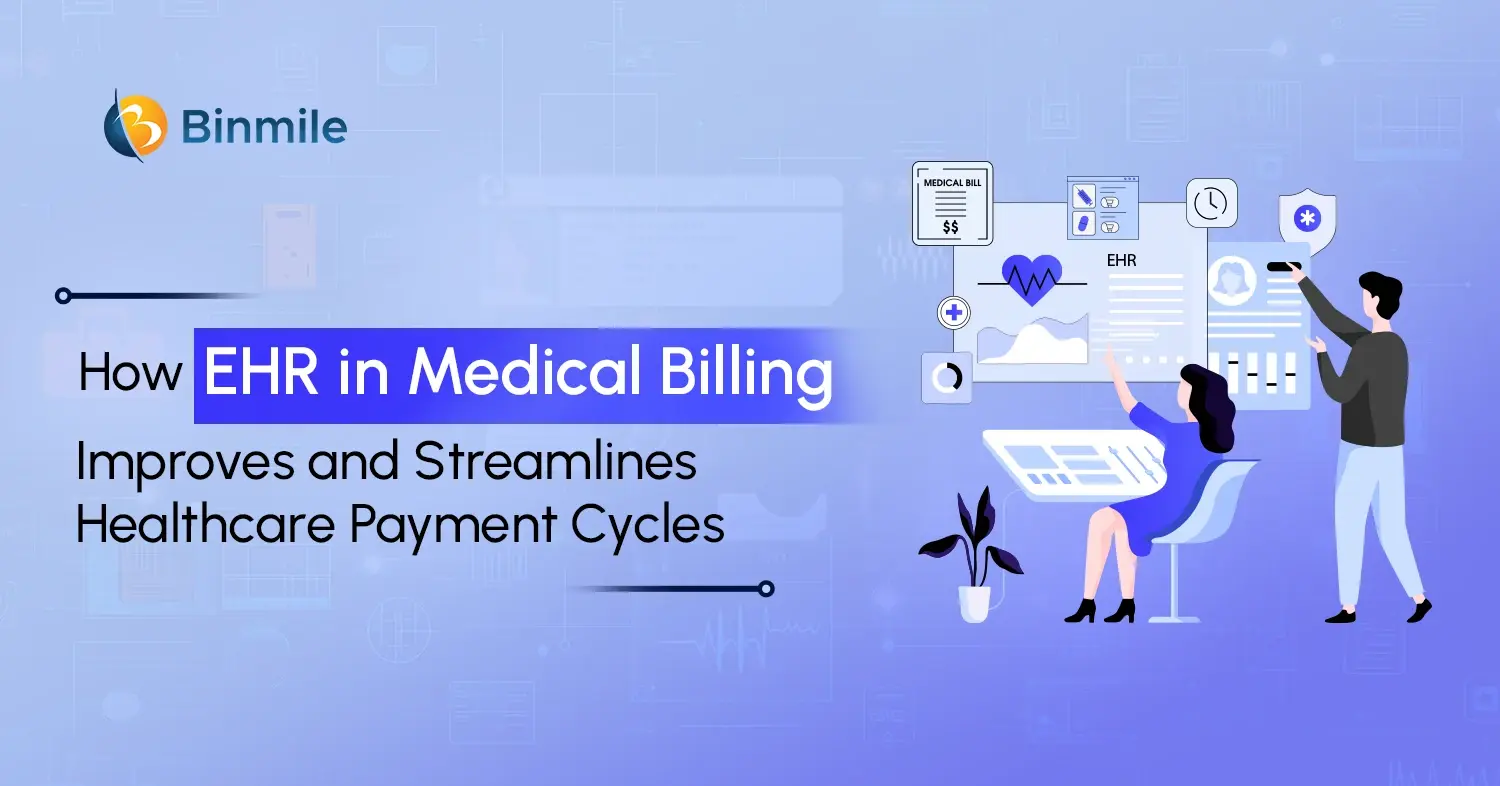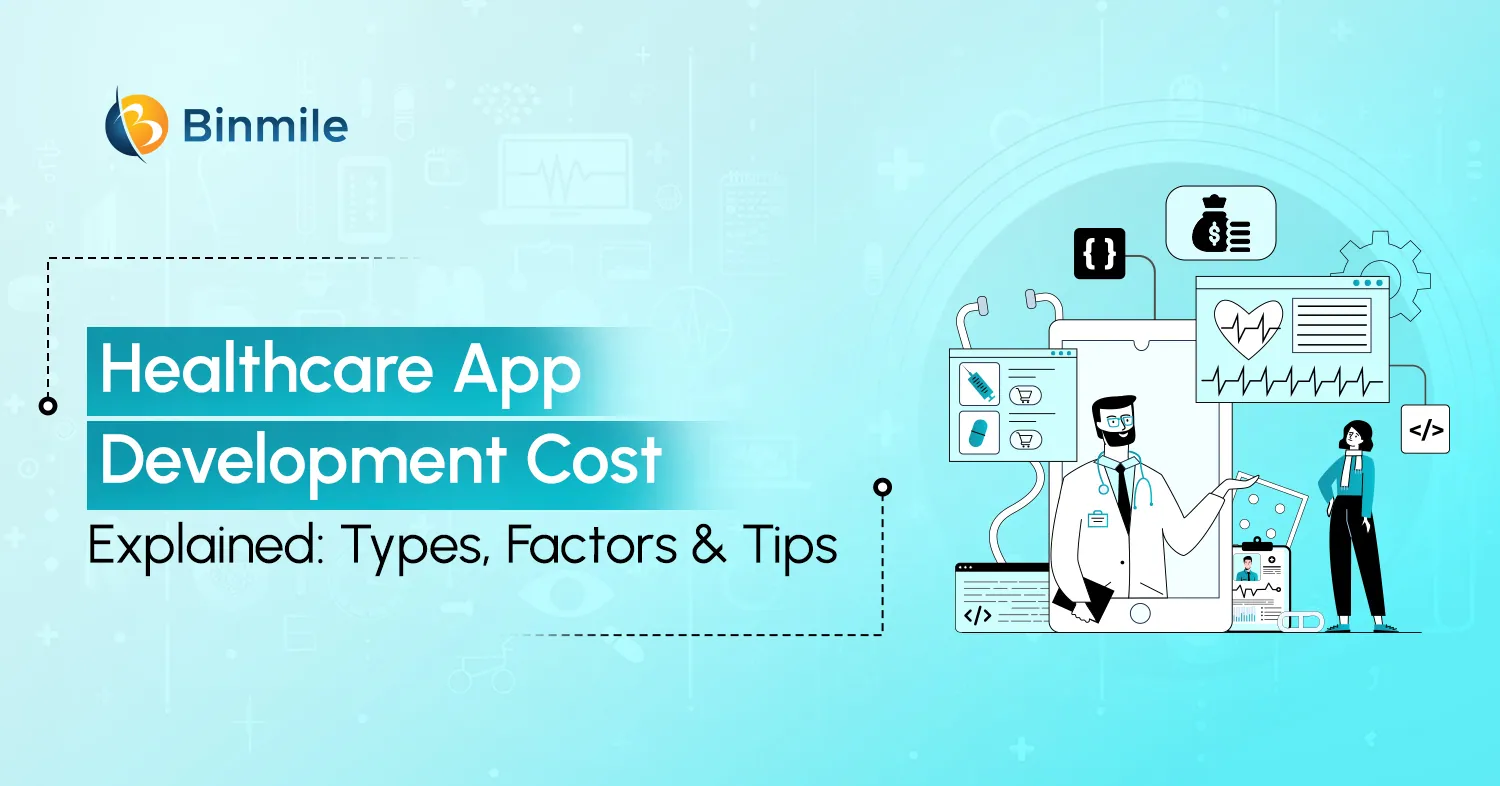The healthcare industry which is traditionally reliant on manual processes and physical infrastructure now is undergoing a digital transformation. With the advent of advanced technologies such as artificial intelligence, ML, robotics, generative AI, and VR/AR among others. These technologies are modernizing the landscape of medical care, offering a glimpse into a future where healthcare is characterized by enhanced efficiency, personalization, and accessibility. At the forefront of this revolution lies the integration of two powerful technologies: Voice over Internet Protocol (VoIP) and the Internet of Things (IoT), which are reshaping the way healthcare is delivered.
VoIP (Voice over Internet Protocol) is a robust technology that allows users to make calls via the Internet, unlike traditional telephone systems. On the other hand, IoT (Internet of Things) is a group of devices that feature sensors, trackers, software, etc. that allow them to collect data and share them with other similar devices over the internet. However, how do these two technologies help healthcare providers offer more advanced and effective patient care? Are there any challenges to integrating these two in hospital or medical systems? If you’re wondering about it, then this blog is for you. In this blog post, we’ll explore 7 key ways in which this powerful combination is transforming the healthcare landscape. Additionally, we’ll also discuss a few obstacles that healthcare providers and companies may face while intending for healthcare transformation with VoIP and IoT.
7 Ways VoIP and IoT Integration is Shaping the Future of Healthcare Solutions
The advent of technology has revolutionized the healthcare landscape in a multifarious way, so let’s understand how it’s happening with IoT and VoIP integration in the healthcare industry.

1: Revolutionizing Remote Care
IoT devices such as wearable sensors can observe and track the patient’s vital signs at any one time. In cases of any abnormalities detected, VoIP systems can issue alerts on time to healthcare providers, ensuring they give the patient requisite prevention and care. This leads to improved health status even remotely and lowers time-consuming frequent hospital checkups in patients. Thus, by integrating smart devices, seamless communication and real-time data collection, healthcare providers can now offer more personalized, efficient, and proactive care.
2: Tailored Telehealth Solutions
Video conferencing in VoIP realizes effective, secure and personalized telemedicine consultations, improving accessibility and convenience. IoT-connected devices can help in self-management and data sharing, and secure messaging systems promote direct communication with healthcare providers. This can be useful because patients can receive medical consultations and care remotely, improving convenience, reducing travel, and ensuring timely treatment, especially for those in underserved areas or for elderly patients who can’t visit hospitals or clinics.
3: Smart Hospital Infrastructure
IoT sensors can monitor the location of medical equipment, personnel and patients inside hospitals boosting the efficiency of operation and response to emergencies. It’s especially beneficial in emergency conditions such as sending a code blue alarm or any breakdown of equipment or any other emergency, VoIP systems can send an alert to everybody and in this way, time and effort can be saved. These connected digital systems make it easier for healthcare professionals to access information like bed occupancy, device usage, equipment status, materials and supply counts, and other operational data. This not only improves the workflow but also the quality of care.
4: Optimized Emergency Response Systems
IoT devices are capable of sounding alarms when a person has tripped and fallen or when encountering a cardiac arrest through VoIP to alert services. Additionally, VoIP-enabled location tracking systems are capable of sending automated alerts to help emergency responders quickly locate patients in need of medical assistance. Thus, improving not only efficiency across vehicles, homes and healthcare settings, but also quickening the response times and thus saving lives in critical times.
5: Seamless Data Integration in Healthcare
VoIP devices along with IoT devices enable centralized patient records thus enhancing quick and faster access to patients’ records. Furthermore, through VoIP, live data from IoT devices can be injected directly and the sharing of information between hospitals, within networks, and even across international borders is possible. This enables a more streamlined healthcare data exchange and facilitates timely interventions, enhances collaboration, and custom treatment plans.
6: Proactive Healthcare Insights
With all the information and insights on the progression of diseases, illnesses, and overall health. Readily available to healthcare providers, it equips the necessary insight to treat the patient more effectively. Additionally, at a time of epidemics, medical staff could monitor patient data thanks to the devices and avoid unnecessary exposure. Moreover, IoT devices along with patient data can help them predict acute and chronic diseases before they occur. This proactive approach has made early intervention possible, hence increasing the chances of survival and at the same time cutting the costs incurred on healthcare.
7: Streamlined Hospital Communications
VoIP integration with IoT devices enables patients and doctors to communicate with each other without any disruption. Patients can get medical advice from doctors online through chat and video calls. While doctors can offer their service beyond the boundaries of their hospitals. For healthcare institutions, the amalgamation simplifies internal communication processes. IoT devices powered by VoIP technology help administrators perform their tasks more efficiently, while the nursing staff can communicate.
Elevate your healthcare services with custom healthcare apps that prioritize patient outcomes and streamline clinical workflows.
Getting Started with IoT and VoIP in Healthcare: Challenges & Opportunities
The use of VoIP and IoT for healthcare communication can provide dozens of advantages, but it also brings many challenges. Here are the different challenges that hospitals may encounter while using these technologies:
- IoT and VoIP systems can collect patient data. Thus, ensuring they comply with regulatory requirements can be a big challenge for medical institutions.
- Increased connectivity raises concerns about the vulnerability of sensitive patient information to cyberattacks and data breaches.
- The initial investment in technology and infrastructure can be significant, posing a financial challenge for healthcare providers.
- Ongoing training is required to ensure staff can effectively use integrated systems, which can be resource-intensive and time-consuming.
Also Read: Guide to Healthcare Software Modernization
IoT and VoIP Integration in Healthcare: What’s Next?
Despite these challenges, both technologies have a positive future outlook. The VoIP industry is projected to grow at a CAGR of 10.2% from 2024 to 2034, while the global IoT in healthcare market size is projected to grow from $175.61 billion in 2024 to $ 822.54 billion by 2032. These trends show an increasing demand for cost-effective, fast and reliable communication, leading patients to adhere to a provider’s recommendations. These elements can lead to several key potential long-term benefits, such as reduced patient visits, reduced costs and improved patient outcomes.
Drive innovation in healthcare with tailored software solutions that enhance operational efficiency and foster better patient interactions.
Wrapping It Up
IoT and VoIP integration is surely set to redefine the way we live and work, and have transformed various industries, including healthcare. Therefore, when combined, these two technologies are creating a co-existing and co-working space for medical devices, software, platforms, and communication. However, there are also certain challenges in combining these technologies including the cost of fusing these technologies with the existing infrastructure of healthcare institutions or maintaining standards of data privacy.
Therefore, careful planning and a strategic mindset are crucial to fully realize the potential of these two transformative technologies together. In addition to this, you would need a quality healthcare app that can be integrated with IoT, VoIP, and AI, so seek a custom healthcare app development company. The company’s experts will enable you to get versatile applications or software for healthcare with top-notch features and let you offer quality medical care and enhanced efficiencies.









